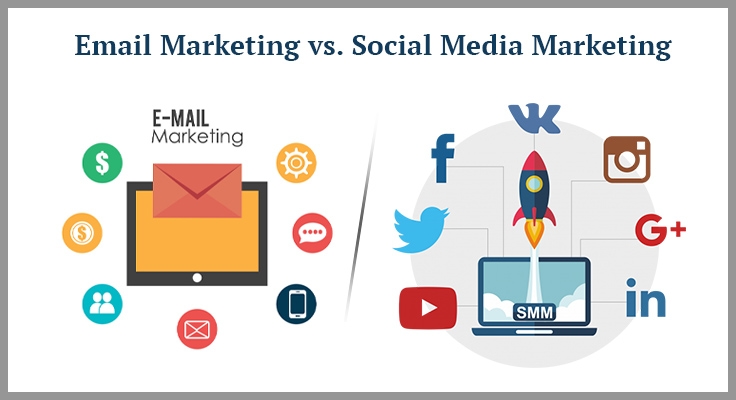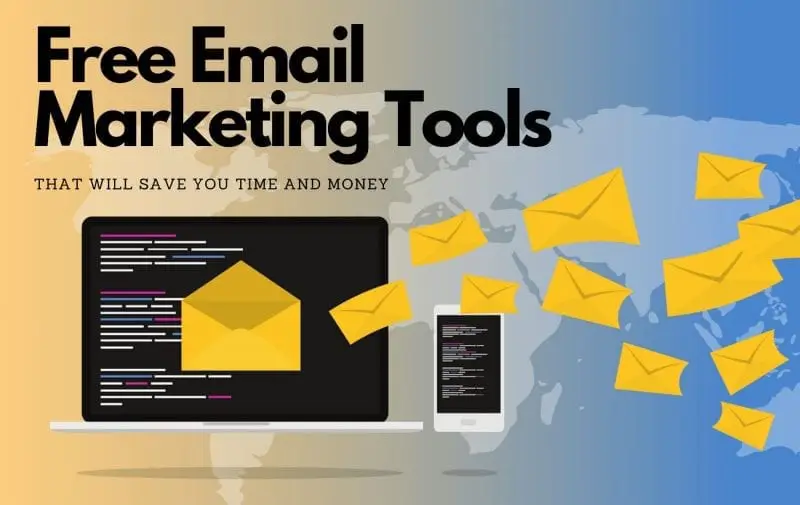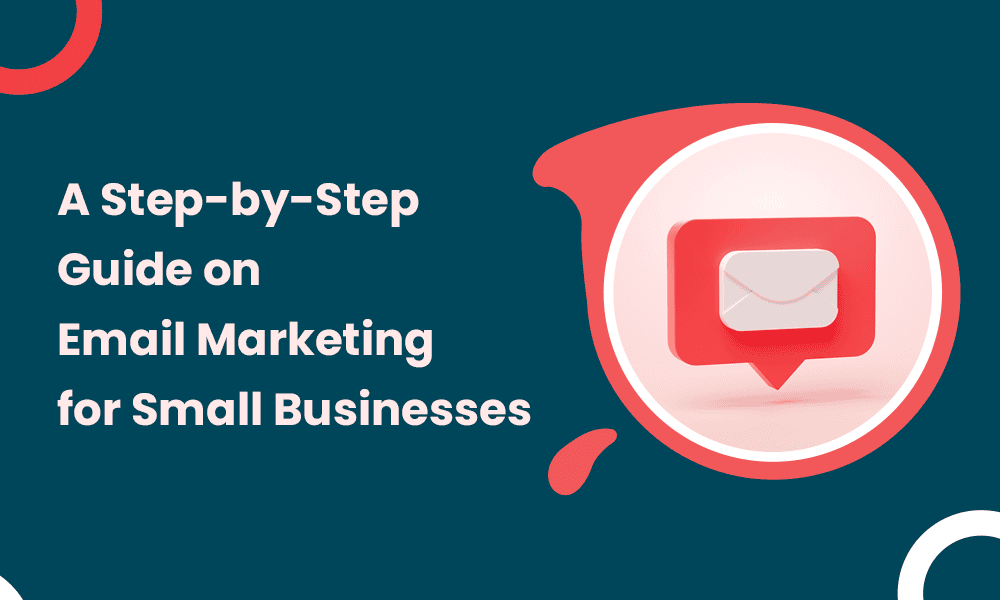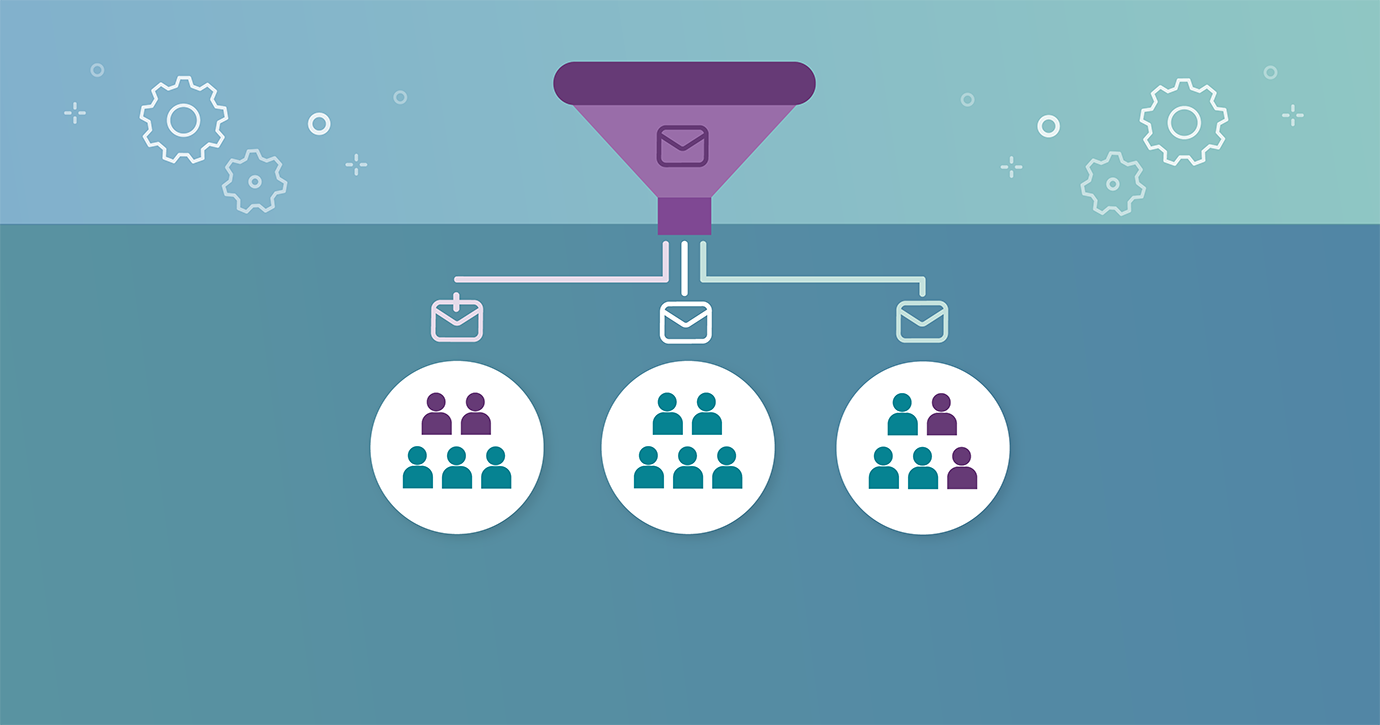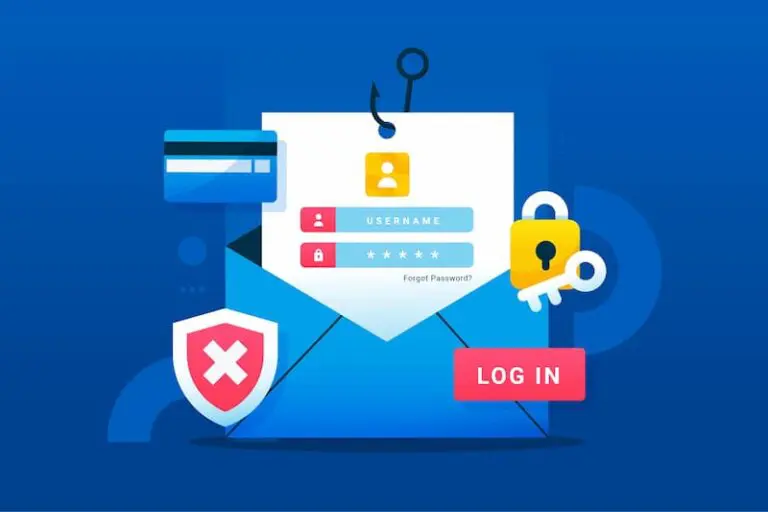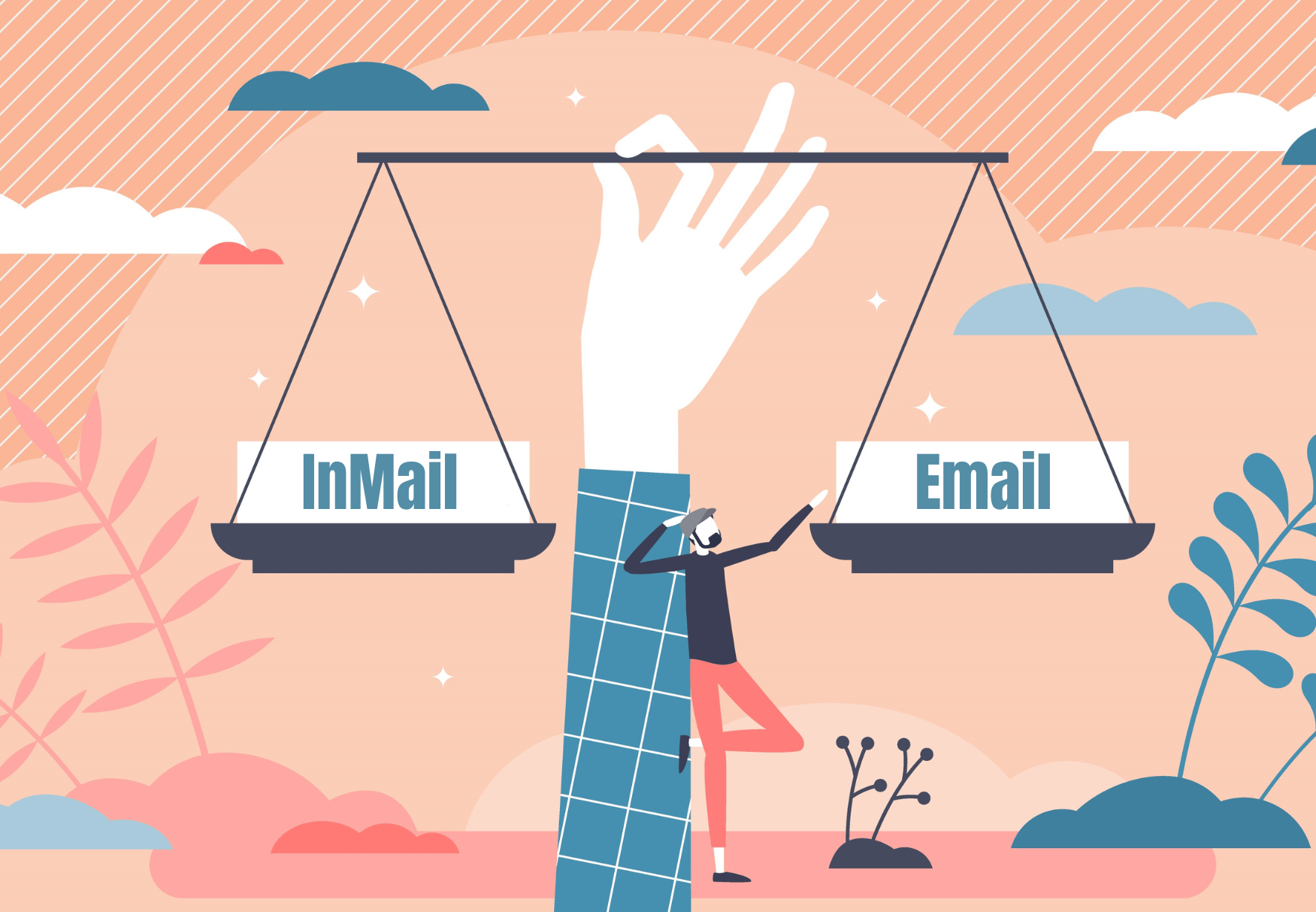An email newsletter is a powerful form of digital marketing used across industries. Its core goals may include building trust, offering exclusive deals, or enhancing brand awareness. But for a newsletter to be truly effective, you need to choose the right type for your audience and goals. In this article, we’ll break down the most common types of newsletters, when to use each, and provide real-world examples and best practices.
Reporting
This is one of the most popular newsletter formats today. It focuses on presenting a curated selection of facts—without the author’s personal commentary. It can be a daily, weekly, or monthly edition. Each publication can develop a unique voice and approach. For instance, one newsletter released on June 19th (Juneteenth) interviewed Black artists and creators, sharing personal stories and reflections on the holiday. This made for engaging, meaningful content that resonated with a like-minded audience.
Source: wix.com
To succeed with this format, it’s essential to create a distinctive concept. This ensures your newsletter stands out in a crowded inbox.
Advantages of a reporting-style newsletter:
- Offers exclusive content
- Informative and timely
- Concise presentation of relevant topics
- Flexible use of current news
Another key strength is its collaborative nature—multiple contributors can work on it since it’s rooted in objective facts rather than personal voice.
Limitations? This format might fall short if your goal is deeper audience engagement or sharing opinions beyond surface-level news.
Artistic
This format is the creative counterpart to reporting. Rather than delivering objective facts, it expresses the author’s personal viewpoint—especially in the context of upcoming events or creative projects.
Source: belindadelpesco.com
Artistic newsletters work well for brands or individuals in creative fields like art, design, or literature. For example, an art gallery might send newsletters that feature an artist’s commentary before each exhibit. These personal touches can significantly boost attendance and audience connection.
This format is also ideal for individuals building a personal brand or maintaining ongoing engagement with a loyal following.
Benefits of an artistic newsletter:
- Unlimited creative expression
- Stronger emotional connection with readers
- Great for storytelling and building a unique voice
Drawbacks? It’s niche. This type of newsletter isn’t suited to industries like technical sales or everyday services. It’s most powerful when the subject matter aligns with creativity and personal expression.
Analytical Bulletin
This format delivers in-depth expert insights. It’s commonly used by political parties to share opinions, case studies, or commentary—but it’s just as valuable for enterprise-level SaaS businesses and media outlets. For example, Asana sends an analytical bulletin showing how their product can enhance business productivity through expert use cases.
Source: reallygoodemails.com
Analytical bulletins are also popular among niche publications. They may feature expert takes on economic trends and their impact on different market players. This level of depth builds credibility and subscriber loyalty.
The New York Times reports that readers who first subscribe to its free newsletter are twice as likely to convert to paid subscriptions. That’s the power of trusted, consistent insights.
Key advantages of an analytical bulletin:
- Provides expert interpretation of current events
- Helps readers form educated opinions
- Builds authority and drives paid subscriptions
Potential downside? You can’t cram too many topics into one bulletin without sacrificing depth. If you analyze multiple news events in one issue, the newsletter might feel too dense for casual readers.
